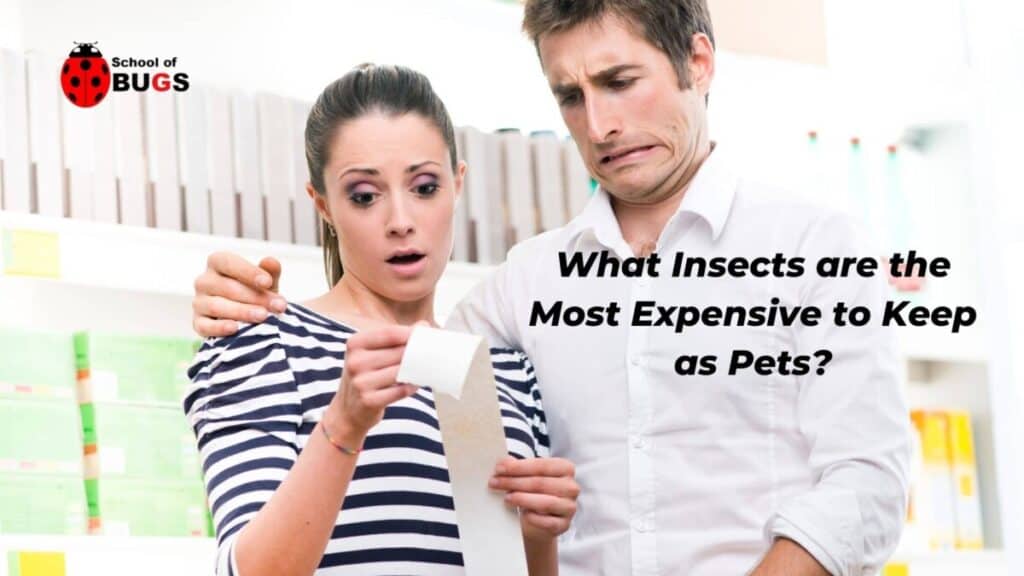
Keeping insects as pets can be a worthwhile experience. But while there are many insects that make for affordable pets, there are some that can be staggeringly expensive.
Further expenses can be seen in some everyday insects that are classed as pricey because their needs are immense. With this in mind, what insects are the most expensive to keep as pets?
The rare and exotic Stag beetle is the most expensive insect in the world with a price range between US$ 80-100,000.
There are several insects that can be expensive in terms of their maintenance and diets. Bees, moths, butterflies, and ants require special needs and habitats to live comfortably in captivity.
Expensive insects can be more of a challenge beyond their high price tag. There are key details to keep in mind for keeping certain bugs as pets.
But we have you covered in this guide, where we will explore some of the priciest insects to keep as pets. Read on to find out how to care for expensive insects, and the best insects to choose from.
Stag Beetle
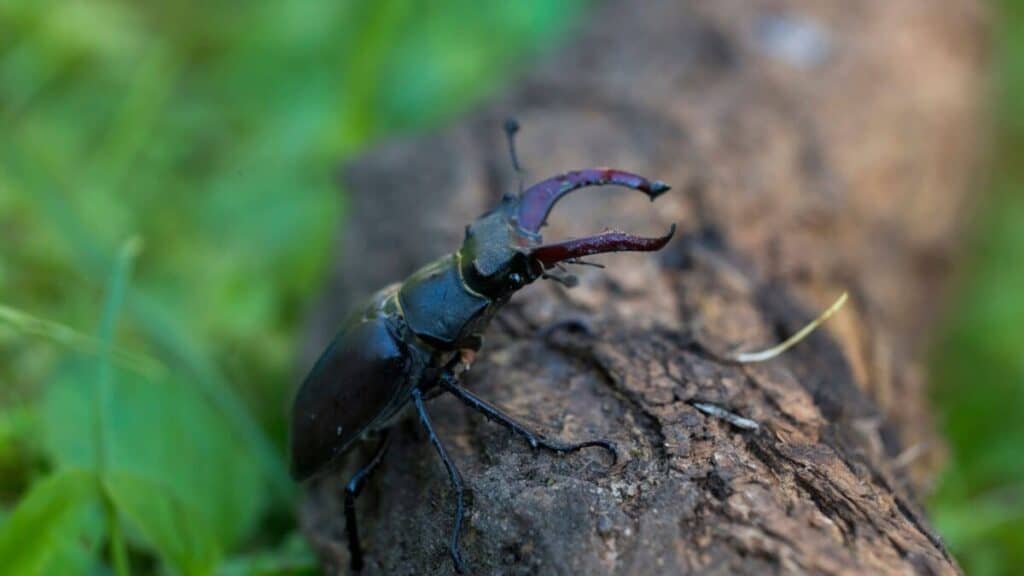
Stag beetles are actually very common and incredibly popular pets in Japan. But this popularity and interest is starting to reach across the world as well.
Of Stag beetles, the larger species that grow upwards of 3 inches are typically the most sought after, and go for thousands of dollars in the collector’s market.
This beetle species is renowned for its large, obtrusive mandibles that it uses for self-defense. Males will typically fight other males similar to how Elk fight when a female is in estrus.
When it comes to owning a stag beetle, these insects do not need an overabundance of care. The insects can be kept in a terrarium that is well-ventilated with only moderate humidity required.
Stag beetles do not eat solid foods. This insect can be fed a special substance known as “beetle jelly,” which contains a variety of fruit enzymes and extracts.
A major reason this insect does not require solid food is due to the energy stores it gains while in the larval stage.
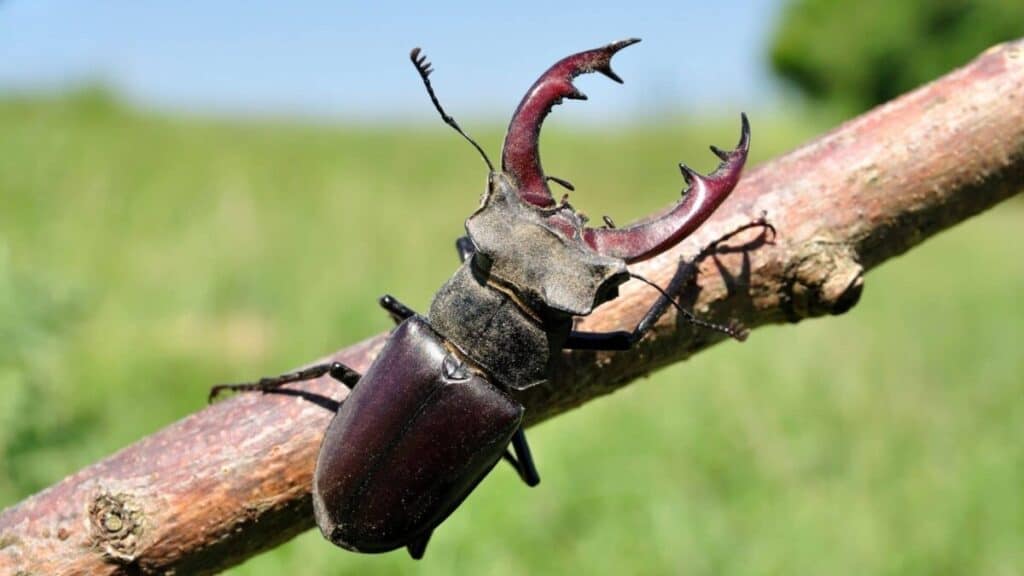
When it comes to owning a stag beetle, simply acquiring one beetle is probably not worth it. In addition to the high cost, these beetles only live 3-4 weeks as adults, but are certainly interesting to observe during their brief lifespan.
If you have the funding, you can potentially raise Stag beetles. All this would require is a layer of soil with tree bark on top of it which is where females lay their eggs. Rotted tree bark is crucial since this will provide the larvae with food once the insects hatch.
These beetles can initiate a painful pinch if they feel threatened. So it is always important to pick them up and handle them from their sides and never expose the insects to open skin.
Although incredibly expensive, Stage beetles make great pets if you are willing to allow the beetles to continuously reproduce.
Ants
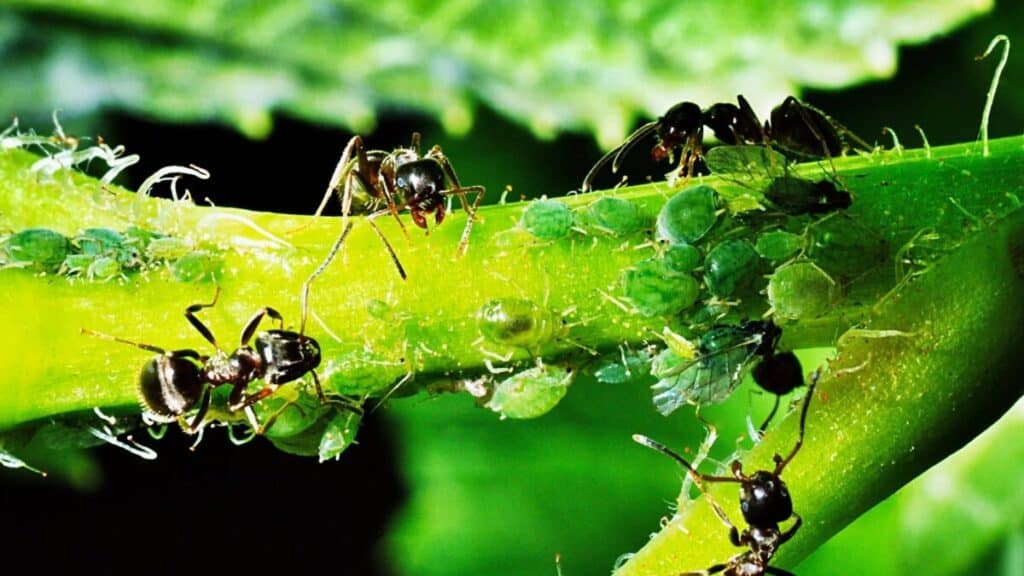
I have to admit that my all-time favorite pet insect setup had to be an ant formicarium. But when you first start keeping ants as pets, you can keep the beginnings of a colony in a glass tube or even a plastic bottle.
What makes having an ant colony expensive is solely based on how big you want your colony to be. As a colony grows bigger and bigger, more space will likely be needed, and transferring ants can be quite-time consuming and somewhat expensive since you will need sand, binding adhesive, and structures to make tunnels for very large colonies.
But having ants as pets is likely the least expensive of any insect on this list.
Once you are ready to create a formicarium, you will need to ensure you only use one specific species of ants. If you mix different species together, chaos and battle will occur until one colony is left standing.
A formicarium in its first stage can include a small, rectangular container (glass or plastic preferably), a plastic tube to keep sugary liquids in, and gypsum powder which can stand in as a universal coverage for most ant species.
You will also need something to make a slate of sorts to separate the powder and nesting area from the surface. A piece of customized plexiglass should work just fine. The ants will get to work making all the tunnels they need.
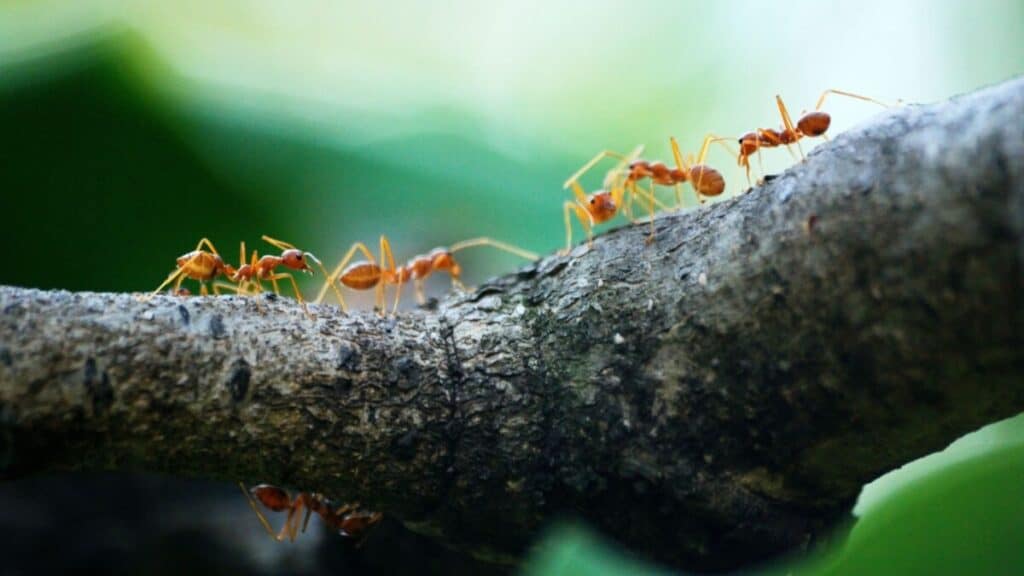
Food for pet ants can include a mixture of sugar water or honey diluted with water, as well as some dead insects, such as crickets, to provide protein when needed. You can decorate the top layer of the formicarium to mimic the outside as much as possible.
The major expense comes with the upkeep of ants. All of these products may need to be routinely replaced over time as the colony grows larger.
If the colony grows to a massive size, you will have to build a new, bigger formicarium.
But apart from the expense, watching an ant colony go about their lives can be very rewarding from a scientific perspective.
Butterflies
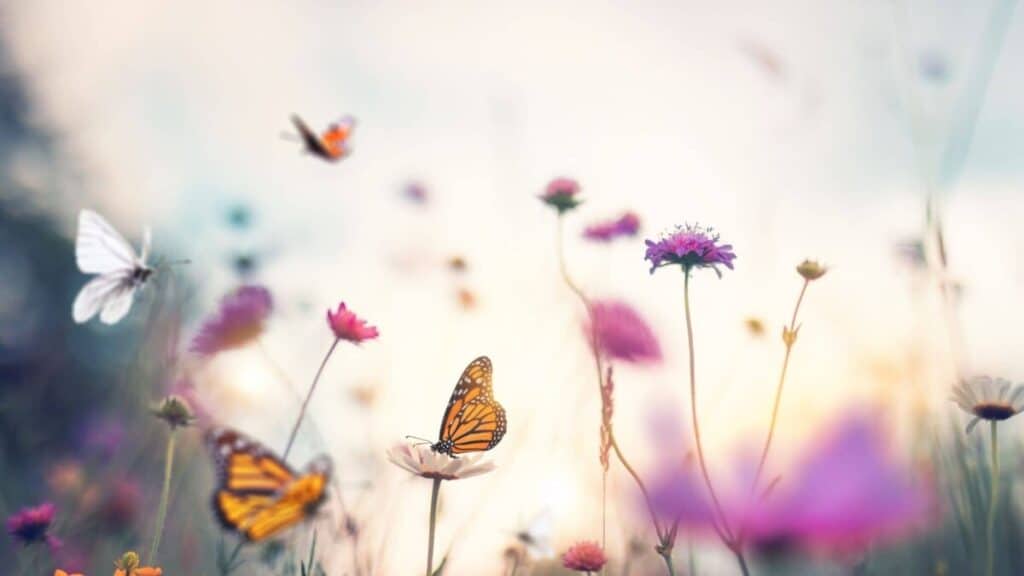
You would be hard-pressed to find anyone that doesn’t appreciate the beauty of butterflies. These colorful, beneficial pollinators add both aesthetic beauty and healthy flowering plant life to any yard or garden.
Raising butterflies in captivity is not always recommended. Part of this is because these insects should really be in the wild to pollinate flowers as much as possible.
But butterfly caterpillars, pupae, and adult butterflies can certainly be kept as pets provided you provide the optimal living conditions.
For caterpillars, the enclosure used can be relatively simple; a plastic container of considerable length and width or a 10 to 20 gallon aquarium.
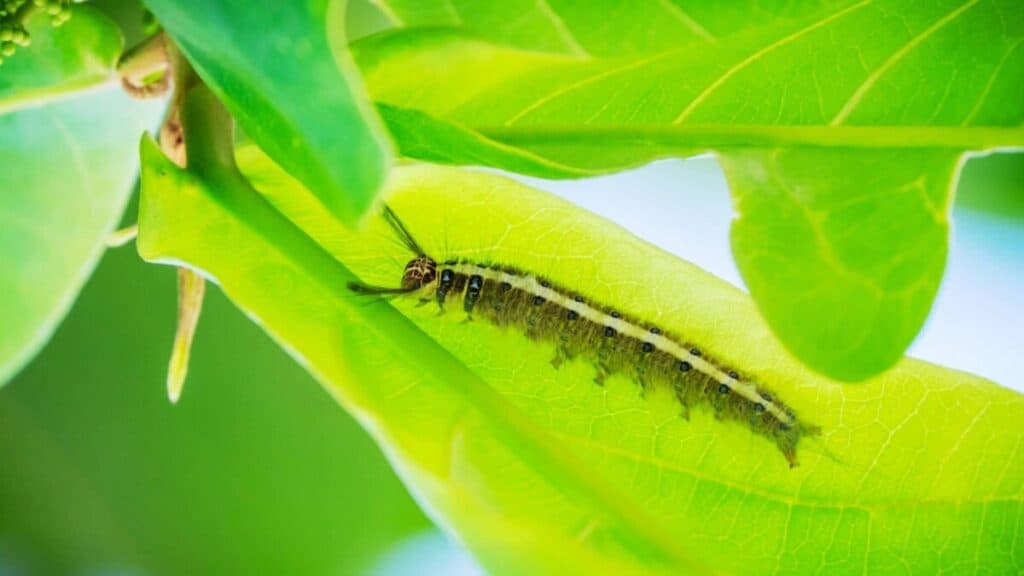
You can simply line the bottom of the container with paper towels or tissue to absorb excess moisture and waste. It is important to only keep between 5-15 caterpillars in one space to avoid crowding.
For food, you can feed caterpillars leaves of plants, but always cross-reference the type of leaves based on the species of butterfly.
You will need a lot of leaves since caterpillars constantly eat. For water, you can wash the leaves and avoid draining them to provide enough moisture or spray some water in the tank.
After 2 weeks or so, the caterpillar will be ready to pupate. If the space is not big enough, it’s a good idea to move the caterpillars to a larger space so they can pupate.
The pupal stage is also known as cocooning, and you will need to carefully suspend cocoons to make it easy for butterflies to emerge in about a week.
Caring for butterflies is the most expensive part of keeping these insects as pets. This insect needs to fly to have a good quality of life.
You will need to either secure an entire room in your house or build a mesh enclosure, such as half of a room, to let the butterflies roam freely. This can be a bit expensive. The space should also be humid.
You will also need to provide certain butterfly species with fresh flowering plants for nectar. Alternatively, you could leave out sugar water solutions so the insects can feed.
Bees
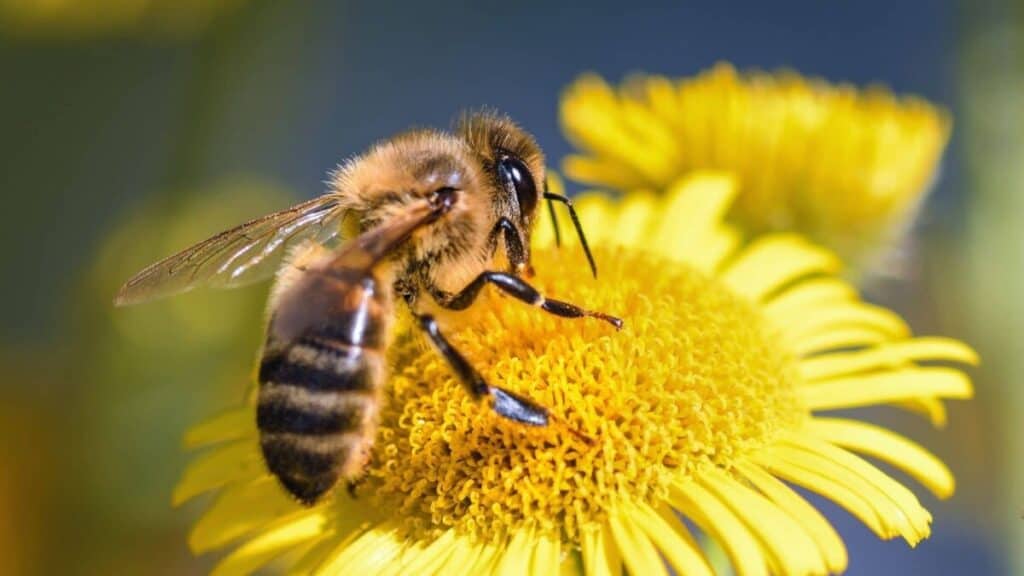
Although you may not initially think so, keeping bees as pets can be a bit costly. Bees are not commonly associated as pets, but a bee colony in your backyard can be a fascinating, albeit cautious form of a pet.
To get started raising a bee colony, you will need a beehive, a smoker, a proper suit to avoid stings, as well as a colony of starter bees.
The beehive alone presents an initial upfront cost of a few hundred dollars based upon how large you want your colony to become.
But perhaps the biggest expense when keeping bees as pets is the upkeep and time management and harvesting that will be required to keep the colony and hive in good standing.
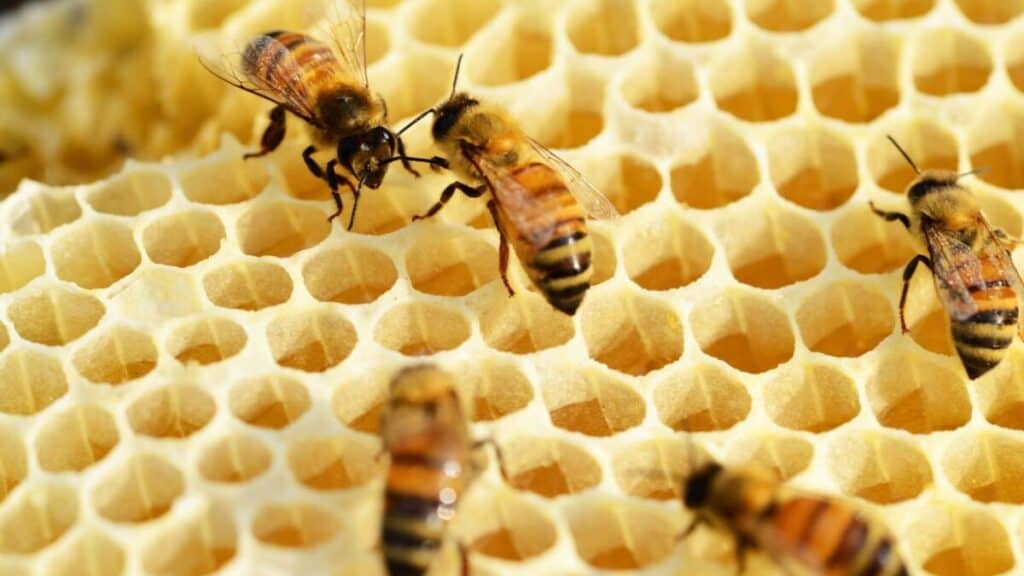
You will also need to regularly remove part of the hive that has been completely filled in with honey. Bees do not like overcrowding, and prefer to have a continuous supply of work and space to live their lives and conduct their work.
If you can manage a bee colony, this is certainly a joy to watch, and in due time, the honey produced can be quite a delectable sweet treat.
What Factors Make Some Insects Expensive?
As you can see, apart from some rare and highly sought after insects, the main expense with having some of these insects as pets comes with their upkeep.
Flying insects like butterflies will need special enclosures built that can satisfy their flying urges and not keep the insects too cramped, which can lead to death.
Ants and bees require a lot of upkeep for their enclosures or spaces. And at the end of the day, some of these insects are expensive to keep as pets because their nature does not allow for constant captivity. This can severely shorten their already short lifespan.
But the expense can certainly be worth it if you are wanting to raise an insect pet that is not as basic and docile as many cheaper insect species can be.
Summary
When it comes to cost, nothing comes quite close to the Stag beetle. But as we have seen in this list, even some of the most common and well-known insect species can be expensive to keep as pets.
Whether you choose ants, bees, or even butterflies, and as long as you can meet the expense and time commitment, keeping these insects as pets can be a fascinating experience.
Alright, that’s it for this article, here are a few hand-selected articles that you might also find interesting reads:
3 Best Kind of Praying Mantis to Keep as Pets15 Long Lived Insects That Make Great Pets
Can you keep wasps as pets? Yes, Here’s How
Recent Posts
Tiny Black Bugs in Bathroom NO WINGS: What They Are and What to Do!
Finding tiny black bugs in your bathroom can be uncomfortable, to say the least. Especially if they are persistent, or they appear in very large numbers, which they often like to do. When it...
Tiny Black Bugs in Plant Soil - What Are They & What To Do About It
A short horror story: You get a new houseplant. You do your best to take care of it. You’ve ensured that it has the right soil, the right amount of sun, it gets enough water. And then one day, you...

